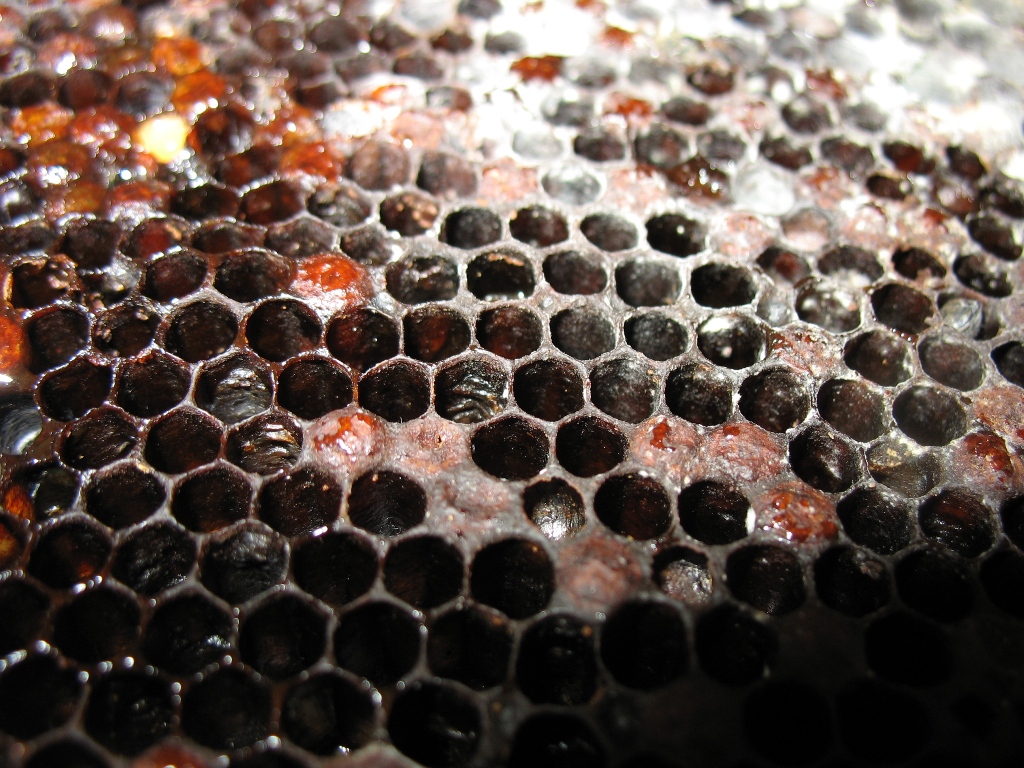
An outbreak of American Foulbrood (AFB), a disease affecting colonies of honeybees, has been found in an apiary near Inverness.
The disease was confirmed on 19 August 2016 following laboratory diagnosis by Science and Advice for Scottish Agriculture (SASA).
The AFB infected hive has been destroyed as there is no permitted treatment for the disease in the UK.
There are no risks to public health from AFB and no implications for the quality and safety of honey.
The apiary is located at Scaniport, an area west of Inverness and the movement of bees and related equipment into or out of the affected area is prohibited.
Bee farmers and beekeepers are being urged to be vigilant for signs of the disease, to maintain good husbandry practices and to notify any suspicion of disease to the government.
Classic signs of the disease are sunken cappings on cells, which when uncapped reveal dead larvae in various stages of decomposition.
The larvae have a caramel like, light to dark brown consistency and when drawn out, the decomposing material strings out rather than snapping off – the ropiness test.
